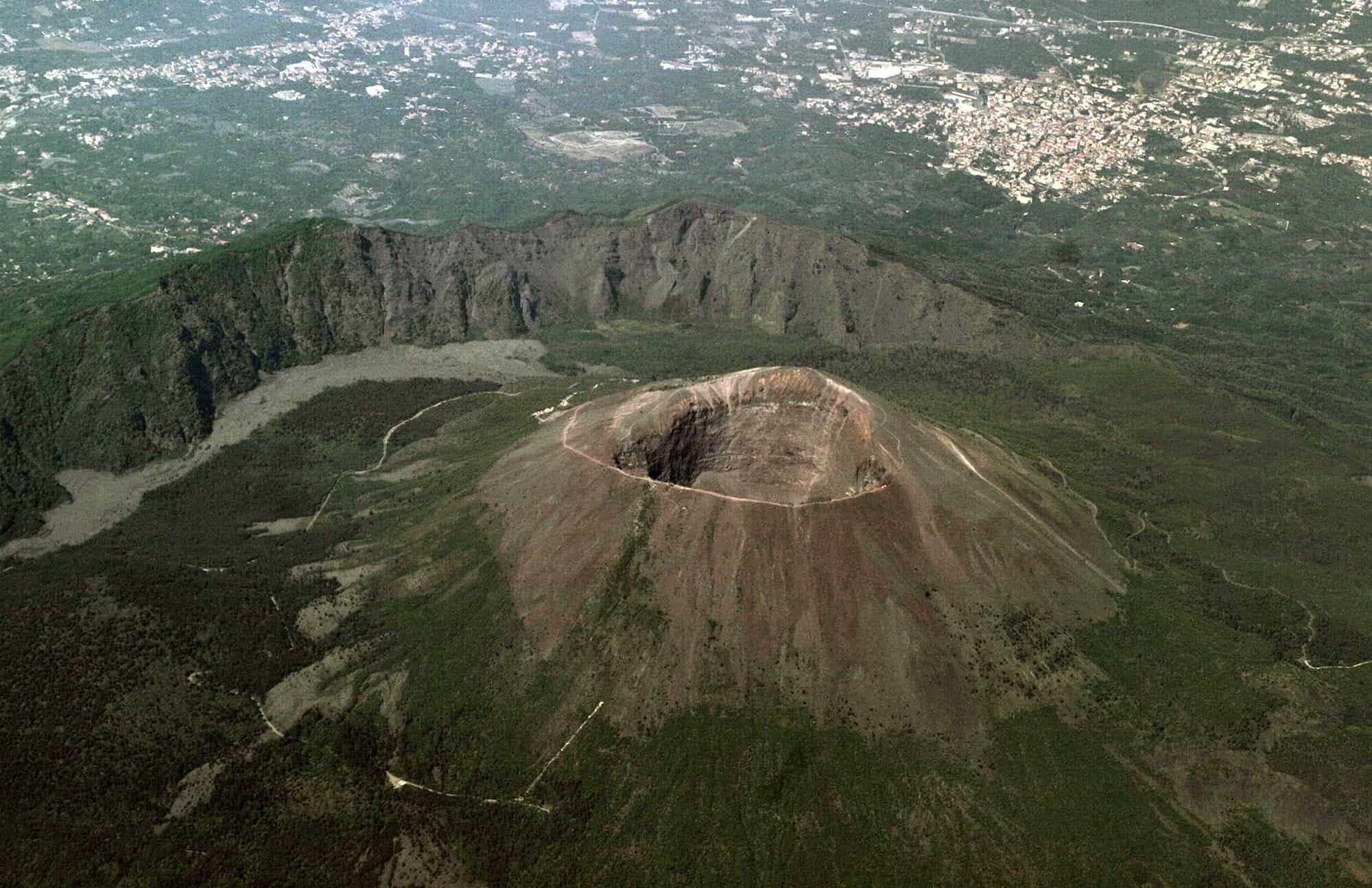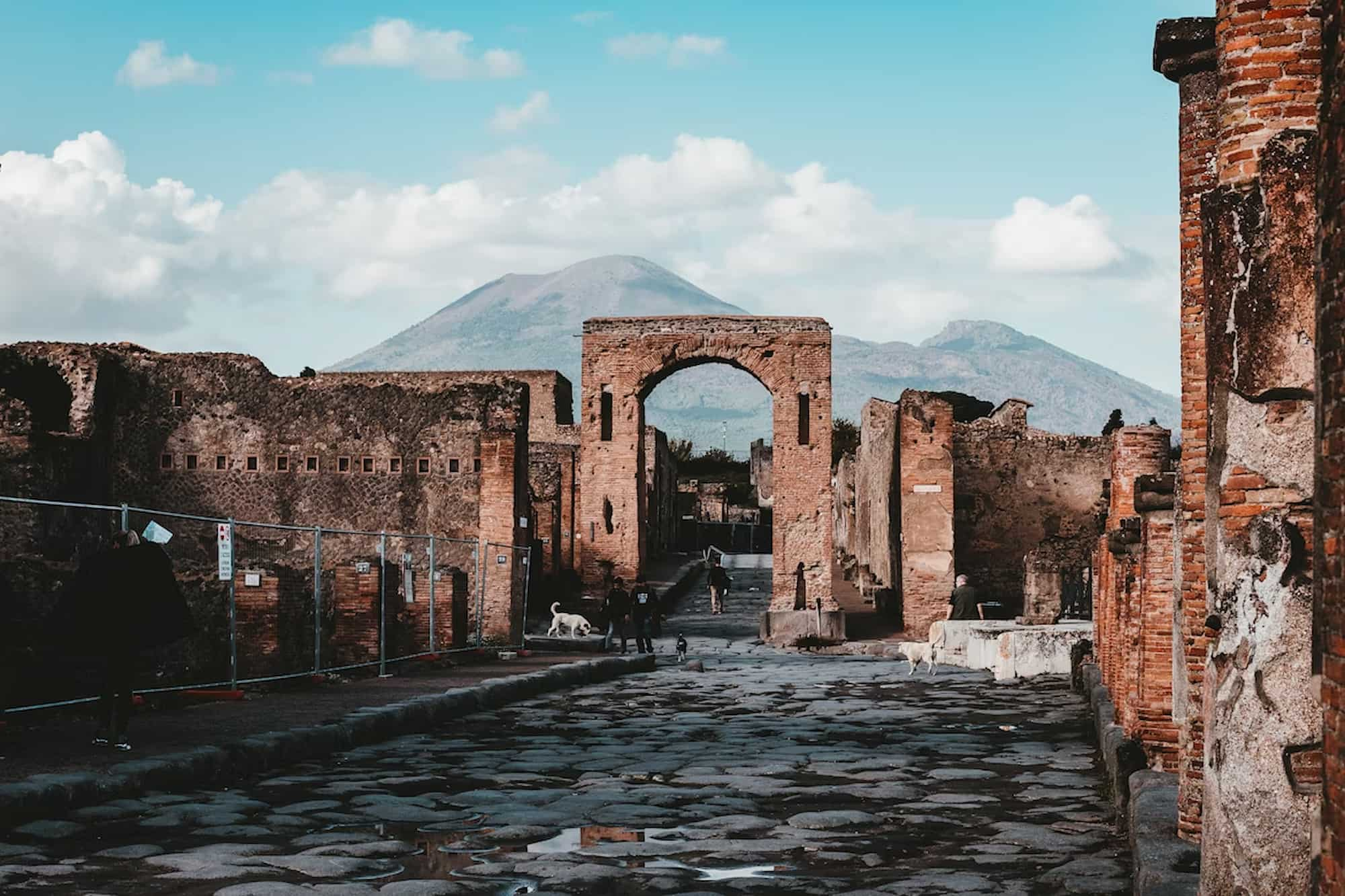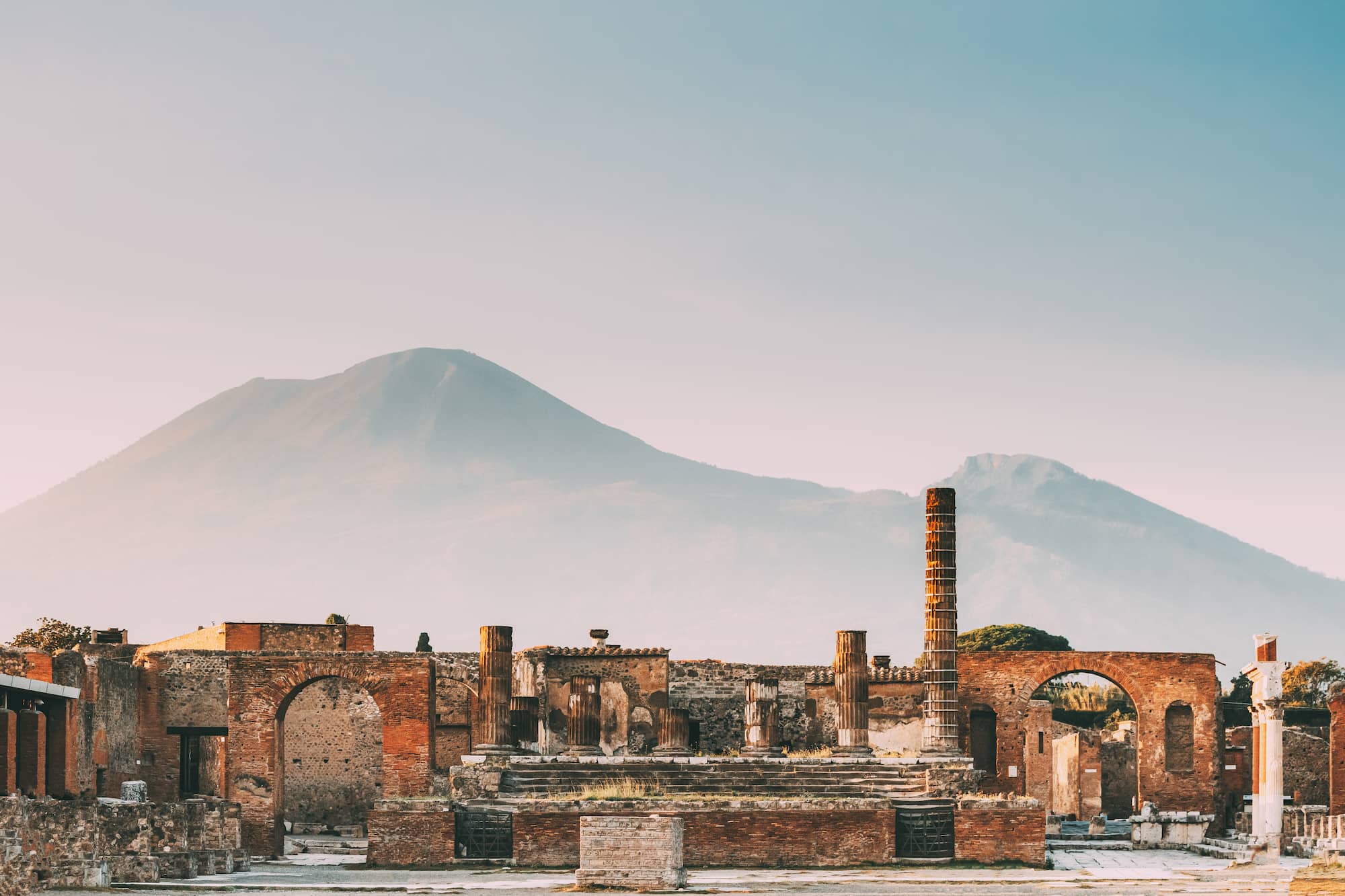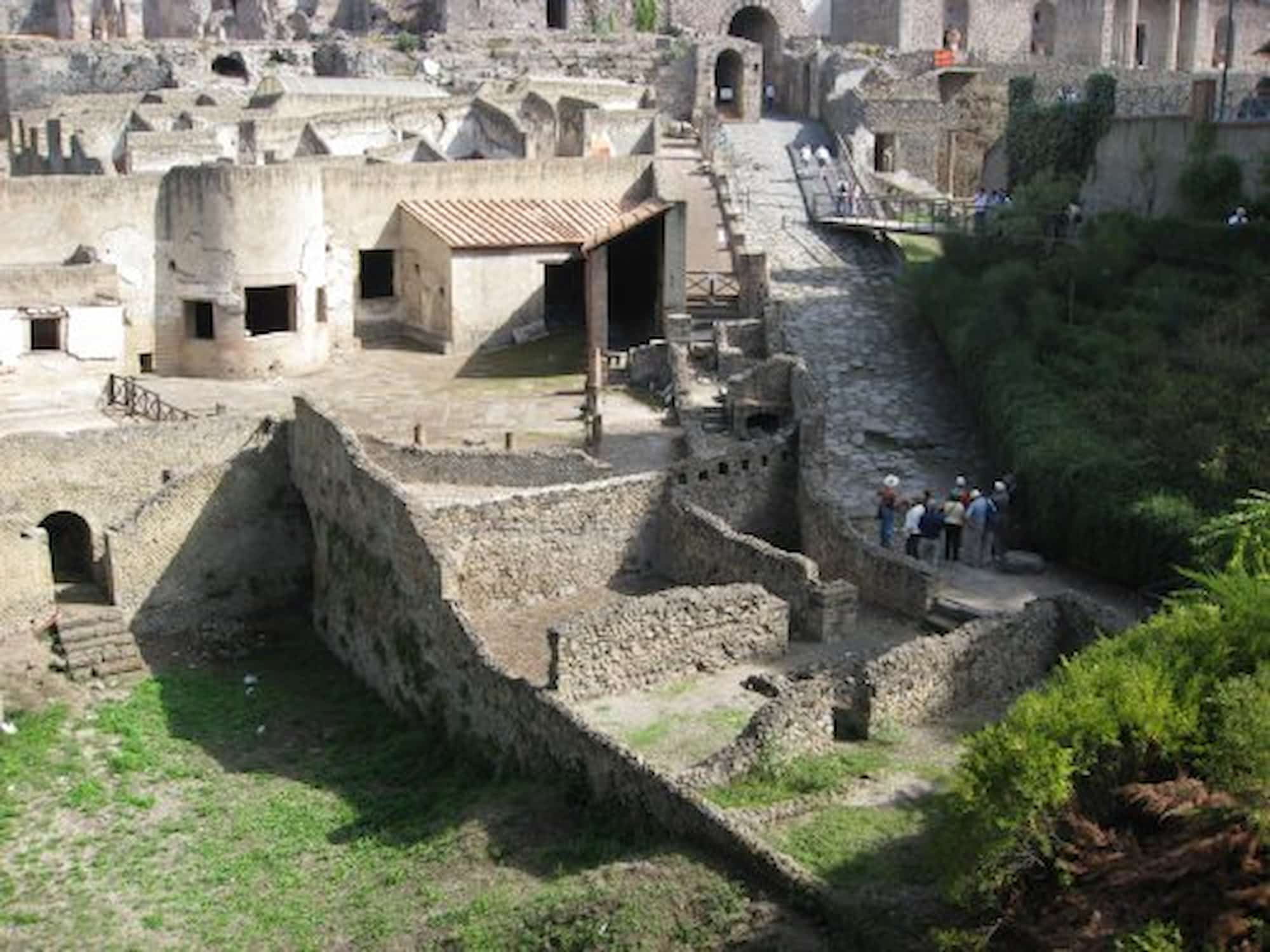Pompeii and Mount Vesuvius
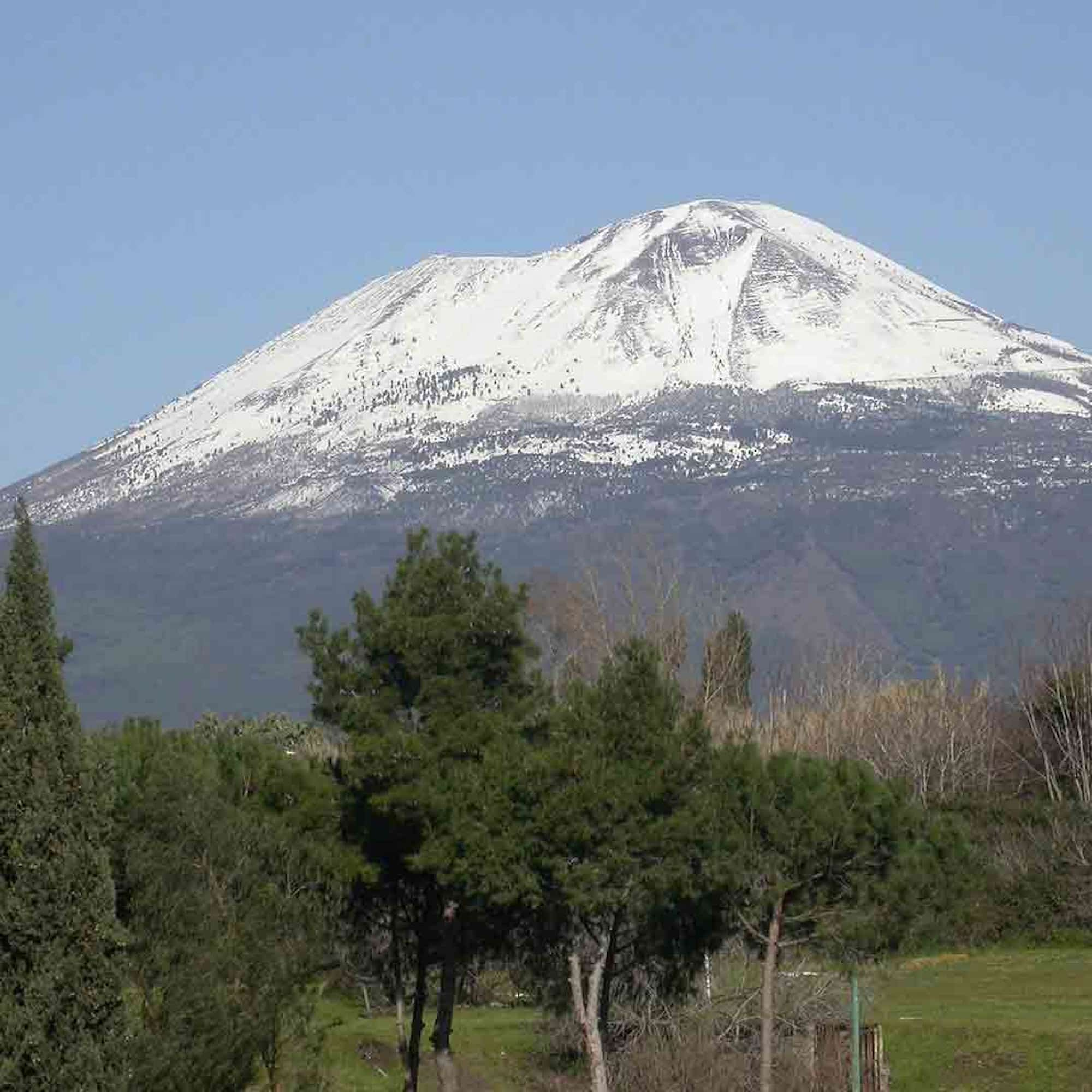
Once a bustling Roman city, Pompeii was frozen in time by the catastrophic eruption of Mount Vesuvius in 79 AD. The volcano’s deadly pyroclastic flows buried the city in ash, preserving streets, buildings, and even casts of its inhabitants for centuries until excavation brought them back to light.
Today, students can wander freely among the ruins, experiencing daily life in ancient Rome as though it had just paused. Standing in the shadow of Vesuvius—a composite cone volcano on a tectonic plate boundary and still a risk to the 3 million people living nearby—makes Pompeii an unrivalled case study in natural hazards and disaster planning.
The surrounding National Park offers the chance to walk on old lava flows and hike to the crater itself, where a specialist guide explains the volcano’s geological processes and the dramatic landforms shaped by past eruptions.


